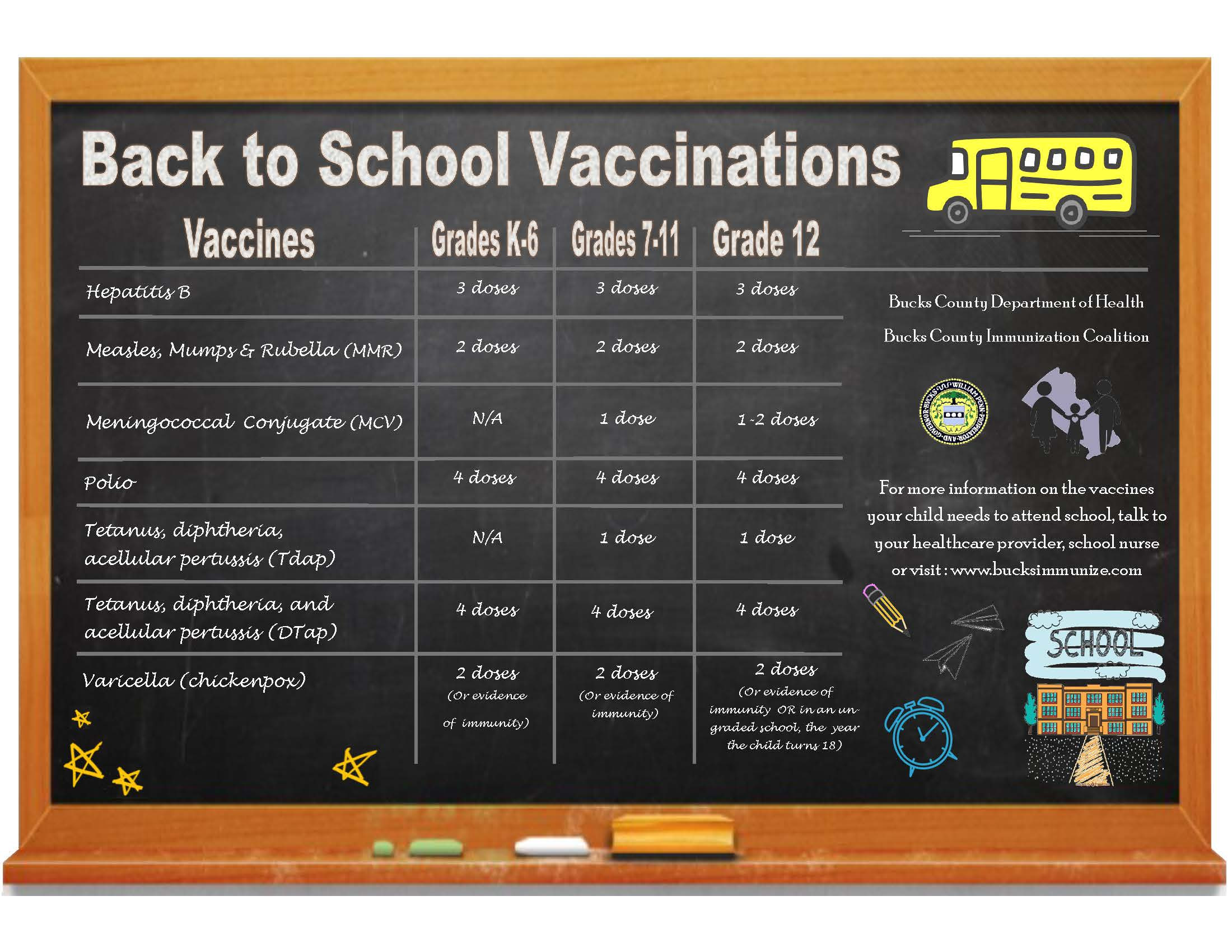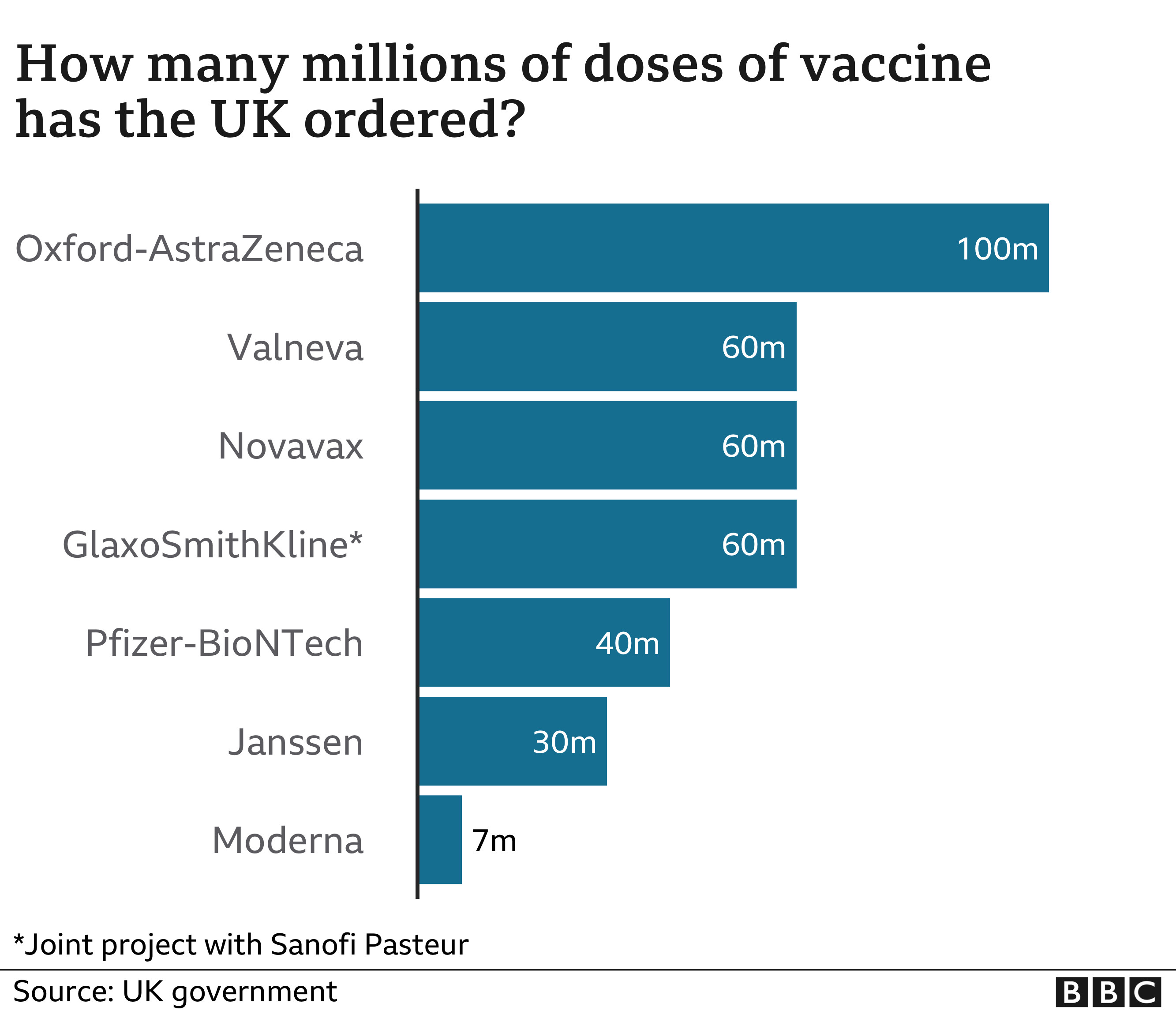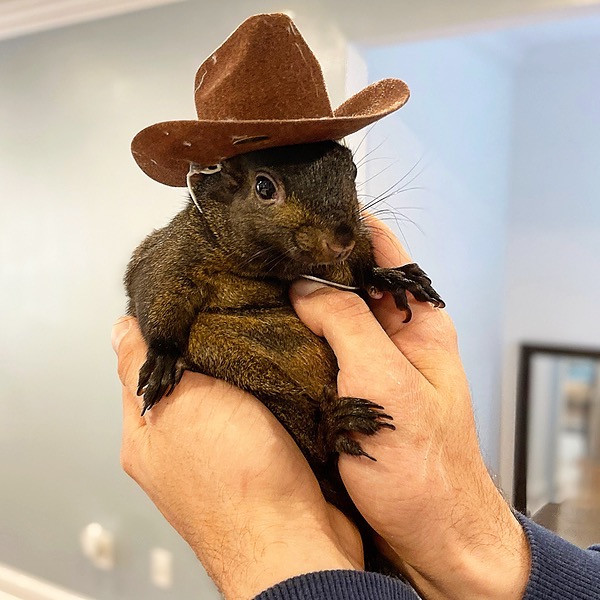Weaning Time: Vaccines Should Protect the Gut and Lungs
It’s that time of year again! Calves are being weaned and getting worked. We all know that they need to be vaccinated with a respiratory and a 7-way, but what exactly are in those vaccines? Here’s what you are protecting your calves against.
Respiratory Disease
It is very common for calves to have coughs after weaning. We want to prevent as much disease as possible, which is why vaccinating is so important. Not every immune system will process the vaccine appropriately which is why herd immunity is also a key factor.
The majority of respiratory vaccinations in cattle are modified-live viruses. These are the vaccines that you have to mix up and use as soon as possible after mixing. Most of these respiratory vaccines include infectious bovine rhinotracheitis (IBR), bovine viral diarrhea (BVD), parainfluenza (PI3), bovine respiratory syncytial virus (BRSV), and a bacterium called Mannheimia haemolytica.
The viruses and bacteria are in the freeze-dried portion most commonly in a glass bottle. The sterile diluent is in the plastic bottle. The diluent should be lightly shaken to homogenize it before mixing. Make sure to always poke your transfer needle into the plastic bottle first and the glass bottle second, otherwise the suction will not work appropriately.
Once the diluent is in the glass bottle, invert gently a few times to mix. Keep this bottle out of the sunlight. It will start degrading the delicate viruses and bacteria. Ideally, it would be kept in a cooler when vaccine is not being pulled out of it. Same with the syringe it is in; make sure to keep it out of the sunlight and use it as quickly as possible.
Administer these vaccines subcutaneously using a 16g x 5/8” needle. Switch the needle every time you have to re-enter the bottle.
Most of these vaccines are labeled for calves over 2 months of age with a redose after 6 months of age.
7-Way
I like to make it simple by saying that we do the respiratory vaccinations for lung health and the 7-way for gut health, although there is more to it than that.
The 7-way vaccines consist of the bacterium Clostridium and a Haemophilus/Histophilus somnus. Clostridium chauvoei is the cause of blackleg. Clostridium septicum is the cause of malignant edema. Clostridium novyi causes black disease, otherwise known infectious necrotic hepatitis.
Next, Clostridium sordelii can cause sudden death in feedlot cattle. Ones that a lot of us are very familiar with are Clostridum perfringens types C & D. These are our overeating diseases.
One that is not included in the 7-way that we find commonly is Clostridium perfringens type A. If you have a type A problem, you might have to use an autogenous vaccine, which is one that was manufactured based off of a culture specific to your herd. Or you can use an autogenous vaccine that your vet clinic sells.
Lastly is Histophilus somni, which used to be known as Haemophilus somnus. H. somni is a major player in bovine respiratory disease (BRD) so is the one bacteria in the 7-way that does not directly affect the gut.
7-way vaccines are typically killed, meaning there is no freeze-dried portion. Simply swirl to homogenize and use directly out of the plastic bottle it came in. These vaccines are hardier than a modified-live, but still adhere to the no sunlight and keep-cold rules.
Vaccination Protocol: Your Guide to Protecting Calves
In a nutshell, you are going to need a minimum of two vaccines at weaning time – one to protect the lungs and one to protect the guts. Talk to your veterinarian for a detailed and custom-made vaccine plan for you!
As a farmer, you need to plan ahead for the pre-housing period. This is a critical time for young stock who will be coming into their first housing. Ensure you have a proper vaccination protocol in place to protect your calves from pneumonia and infectious bovine rhinotracheitis (IBR). In addition, make sure to get a booster of your pneumonia vaccine in the pre-housing period to cover you across your period of housing. This will ensure that you are providing adequate protection for your calves during this crucial time of year.
It is essential to understand the importance of boosting immunity in colostrum to provide antibodies to the calf. This is where a vaccination program comes into play, as it can help protect your calves from a variety of diseases. When it comes to calf scour vaccines, it is essential to protect calves against cryptosporidiosis, a common disease in autumn calving herds. A brix refractometer should be used to make sure the colostrum is of high quality. This will ensure that your calves are getting the best possible start in life.


















